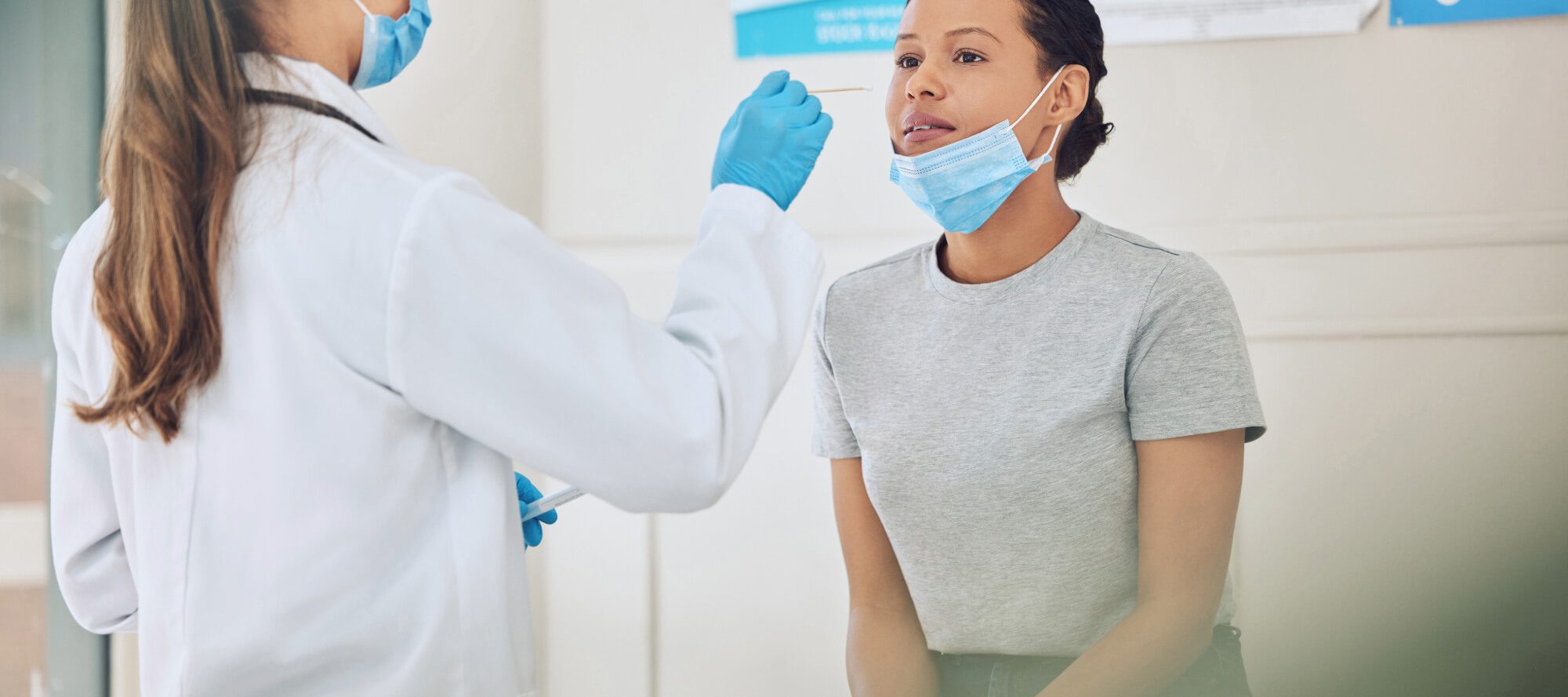- COVID-19 Rebound After VV116 vs Nirmatrelvir-Ritonavir Treatment - A Randomized Clinical Trial
Here we have the results of a single-center, investigator-blinded, randomized clinical trial conducted in Shanghai, China. Adult patients with mild-to-moderate COVID-19 and within five days of SARS-CoV-2 infection were enrolled between December 20, 2022, and January 19, 2023, and randomly allocated to receive either VV116 or nirmatrelvir-ritonavir. Participants in the VV116 treatment group received oral 600-mg VV116 tablets every 12 hours on day one and 300 mg every 12 hours on days two through five. Participants in the nirmatrelvir-ritonavir treatment group received oral nirmatrelvir-ritonavir tablets with 300 mg of nirmatrelvir plus 100 mg of ritonavir every 12 hours for five days. Participants were followed up every other day until day 28 and every week until day 60. The primary outcome was viral load rebound (VLR), defined as a half-log increase in viral RNA copies per milliliter compared with treatment completion. Secondary outcomes included a reduction in the cycle threshold value of 1.5 or more, time until VLR, and symptom rebound, defined as an increase of more than 2 points in symptom score compared with treatment completion. The full analysis set included 345 participants (mean [SD] age, 53.2 [16.8] years; 175 [50.7%] were men) who received VV116 (n = 165) or nirmatrelvir-ritonavir (n = 180). Viral load rebound occurred in 33 patients (20.0%) in the VV116 group and 39 patients (21.7%) in the nirmatrelvir-ritonavir group (P = .70). Symptom rebound occurred in 41 of 160 patients (25.6%) in the VV116 group and 40 of 163 patients (24.5%) in the nirmatrelvir-ritonavir group (P = .82). In this randomized clinical trial of patients with mild-to-moderate COVID-19, viral load rebound and symptom rebound were both common after a standard five-day course of treatment with either VV116 or nirmatrelvir-ritonavir. - Joint Analysis of Vaccination Effectiveness and Antiviral Drug Effectiveness for COVID-19: A Causal Inference Approach
Investigators identified hospitalized adult patients (i.e., aged 18 or above) in Hong Kong with confirmed SARS-CoV-2 infection between March 16, 2022 and December 31, 2022. An inverse probability weighted (IPW) Andersen-Gill model with time-dependent predictors was used to address immortal time bias and produce causal estimates for the protection effects of oral antivirals and vaccinations against severe COVID-19. They found that in this cohort of 61,105 patients, as long as the antiviral was started within five days of confirmed infection, nirmatrelvir–ritonavir was more effective in providing protection against all-cause mortality and development into severe COVID-19 than molnupiravir. - Timing and Predictors of Loss of Infectivity Among Healthcare Workers with Mild Primary and Recurrent COVID-19: A Prospective Observational Cohort Study
This is a prospective observational cohort study with serial viral culture, rapid antigen detection test (RADT) and reverse transcription polymerase chain reaction (RT-PCR) on nasopharyngeal specimens of healthcare workers with COVID-19. The primary outcome was viral culture positivity as indicative of infectivity. With all the limitations we talk about with using quantitative PCR and viral culture, binary as well as quantitative, not being the same as contact tracing and actual documented transmission we read here that viral culture positivity decreased from 71.9% (87/121) on day five of infection to 18.2% (22/121) on day 10. Participants with recurrent COVID-19 had a lower likelihood of a positive culture than those with primary COVID-19 at each follow-up (day five odds ratio [OR], 0.14; P < .001]; day seven OR, 0.04; P = .003]) and were all non-infective by day 10 (P = .02). Independent predictors of a positive culture included prior COVID-19 (adjusted OR [aOR] on day five, 0.005; P = .003), an RT-PCR cycle threshold [Ct] value <23 (aOR on day five, 22.75; P < .001) but not symptom improvement or RADT result. - Household Transmission Dynamics of Asymptomatic SARS-CoV-2–Infected Children: A Multinational, Controlled Case-Ascertained Prospective Study
Investigators found that asymptomatic SARS-CoV-2–infected children, especially those <5 years, are important contributors to household transmission, with one in 10 exposed household contacts developing symptomatic illness within 14 days. Asymptomatic SARS-CoV-2–infected children may develop PCC. In this study it was one in 13 kids that had PCC, which is rather concerning.
Situation Dashboards

World Health Organization (WHO)
Novel Coronavirus (COVID-19) Situation from World Health Organization (WHO)

Johns Hopkins University (JHU)
Coronavirus COVID-19 Global Cases by the Center for Systems Science and Engineering (CSSE) at JHU

COVID-19 in US and Canada
1Point3Acres Real-Time Coronavirus (COVID-19) Updates in US and Canada with Credible Sources

Genomic Epidemiology COVID-19
Genomic Epidemiology of (COVID-19) Maintained by the Nextstrain team, enabled by data from GISAID.





